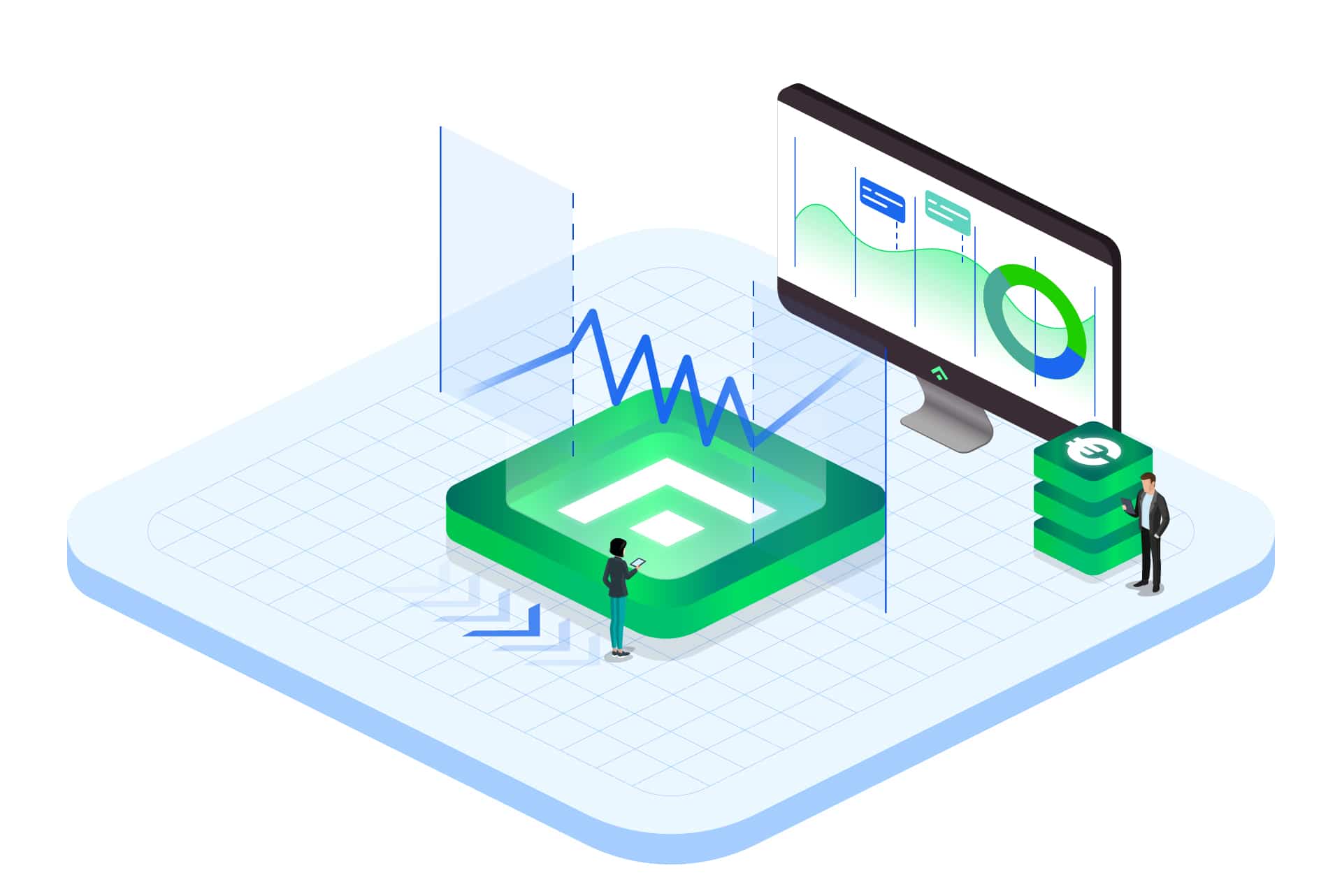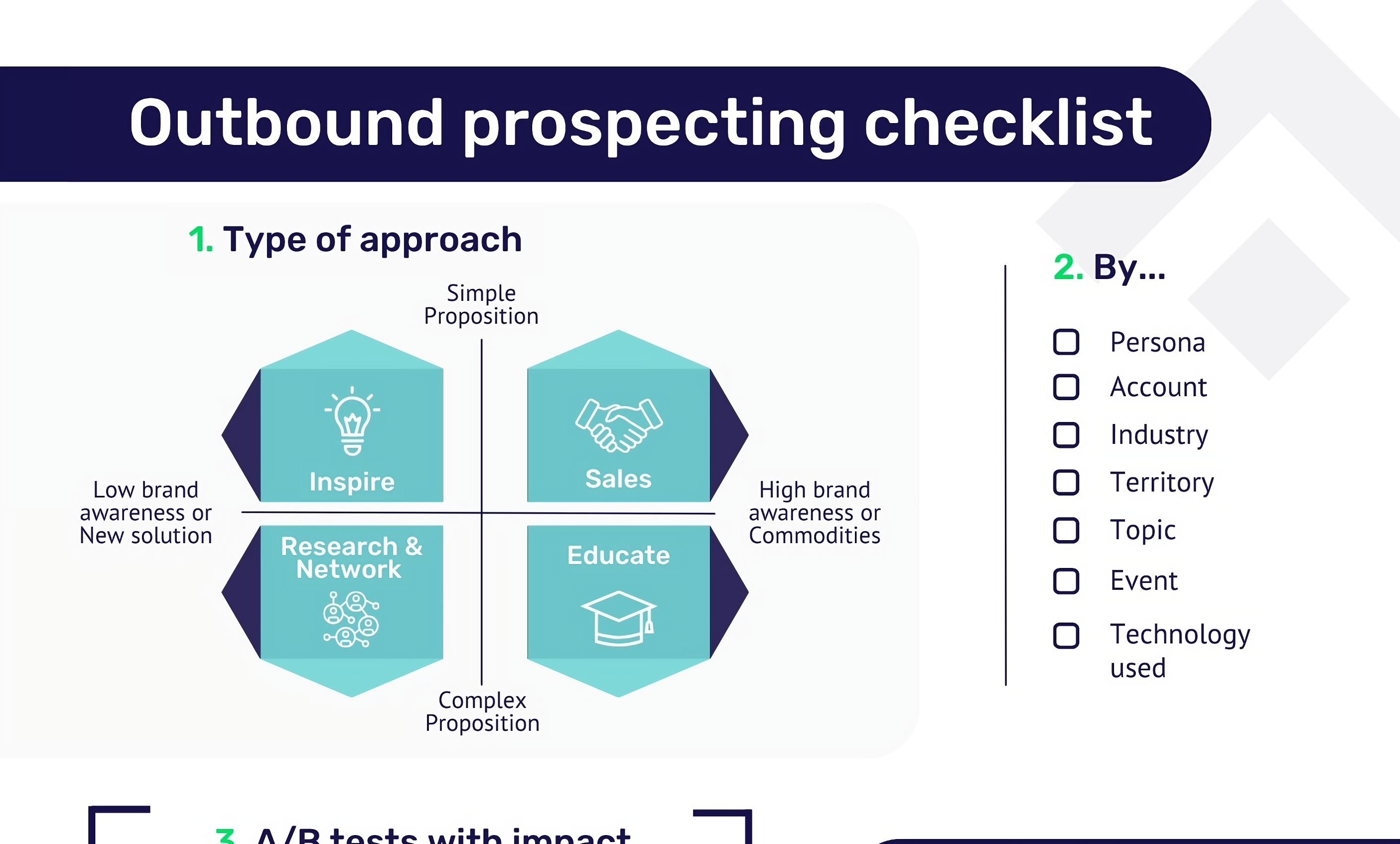At Saleslift Studio we love Sales Development. We believe it is a spectacular skill, but at the same time, we know better than anyone else how demanding and difficult it can be to master it. To help both you and ourselves with successfully carrying out Sales Development, we are going to give you a look behind the scenes.
In the upcoming weeks, I will be sharing one of our golden rules, guidelines, and tools. That way each week you will be able to find something that will help you improve your Sales Development and compose a checklist.
This week the first three. You can put them in an arbitrary order, but not exactly. Here they come:
Tip 1. Don’t spray & pray
Being personal and relevant is of the utmost importance when it comes to Outbound Prospecting. When someone doesn’t feel addressed by an email, invitation, message, or phone call then you need to go back to the drawing board to make sure you have a solid picture of the right target group.
Make sure you can get on this person’s radar in a relevant way. Always choose quality over quantity and relevant over personal. If you can do both, then of course that is even better. This can result in the “account-based” and “persona-based” of an individual strategy. More on the different approaches will come later in another article.
Tip 2. Reason to reach out
Make sure you have a valid reason to contact the prospect. I came across your profile on LinkedIn is not a reason. What is in it for them? A good exercise would be writing a prospecting email where you don’t talk about your own company, but rather completely focus on the person you want to engage in a conversation with.
We take into account key indicators for success and having a valid reason to initiate contact is an important one of them. Focus on the person, their challenges, pains, and frustrations. In a later stage, you can dig deeper into the challenges and advantages of the company itself.
Tip 3. Research
Do your research. Explore further the market, the person you are targetting, and their organization. Make sure you are well-prepared. Be aware of what is going on and anticipate. Check news articles and read the profile (but really do it) to make sure you don’t miss anything important.
If you are doing everything right, you should make a prospect playbook in advance where the ins and outs of all personas of individuals are being discussed. Often there is plenty of information available, internally as well. Having a word with clients to find out what keeps them busy is going to yield you some useful insights for sure.
It’s a wrap for this week. Next week we are going to post three new tips where we are going to dig deeper into the numbers and variations of Sales Development. Do you have any tips? Post them below.
In case you would like to know more, read the following blog: How do I make my Sales Development scalable? Or ask for our template to start working on your Sales Development Playbook: davy@saleslifstudio.com


